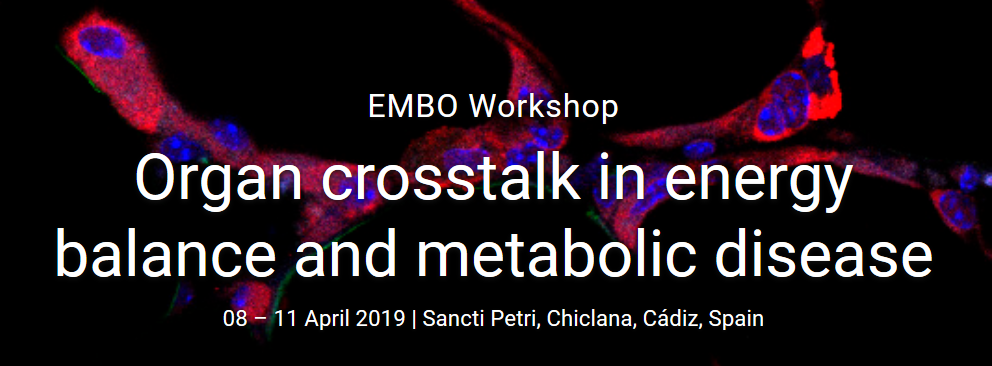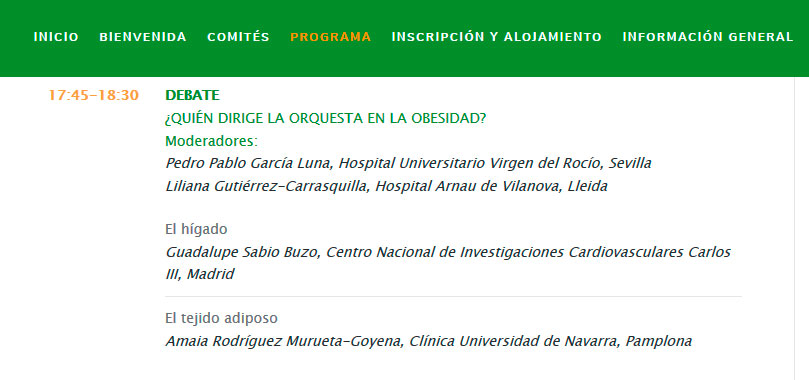Juan Cunarro, Xabier Buque, Sabela Casado, Javier Lugilde, Anxo Vidal, Alfonso Mora, Guadalupe Sabio, Rubén Nogueiras, Patricia Aspichueta, Carlos Diéguez & Sulay Tovar.
The tumor suppressor p107, a pocket protein member of the retinoblastoma susceptibility protein family, plays an important role in the cell cycle and cellular adipocyte differentiation. Nonetheless, the mechanism by which it influences whole body energy homeostasis is unknown.

p107 is underexpressed in the stromal fraction (time 0) with the expression increasing during adipocyte differentiation (Image: Alfonso Mora).
The phenotype of p107 knockout (KO) mixed‐background C57BL6/129 mice phenotype is studied by focusing on the involvement of white and brown adipose tissue (WAT and BAT) in energy metabolism. It is shown that p107 KO mice are leaner and have high‐fat diet resistence. This phenomenon is explained by an increase of energy expenditure. The higher energy expenditure is caused by the activation of thermogenesis and may be mediated by both BAT and the browning of WAT. Consequently, it leads to the resistance of p107 KO mice to high‐fat diet effects, prevention of liver steatosis, and improvement of the lipid profile and glucose homeostasis.
These data allowed the unmasking of a mechanism by which a KO of p107 prevents diet‐induced obesity by increasing energy expenditure via increased thermogenesis in BAT and browning of WAT, indicating the relevance of p107 as a modulator of metabolic activity of both brown and white adipocytes. Therefore, it can be targeted for the development of new therapies to ameliorate the metabolic syndrome.






